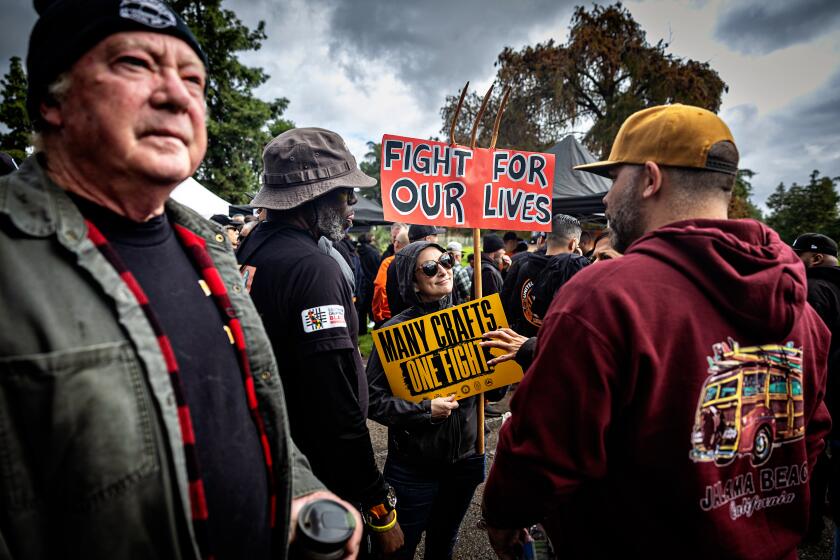FHA may slash upfront costs of some reverse mortgages
The Federal Housing Administration isn’t talking publicly about it, but the agency may be getting ready to cut the upfront costs of reverse mortgages for some borrowers.
The agency also, however, may be reducing the amount seniors can borrow against their homes.
In a recent conference call with industry participants, FHA officials said they were finalizing plans to offer a home-equity conversion mortgage requiring almost no upfront mortgage insurance premium, according to the National Reverse Mortgage Lenders Assn. The FHA also may tinker with the traditional product in a way that increases the overall borrowing costs.
“HUD is looking at options to provide a lower-priced [home-equity conversion mortgage] option,” said Lemar Wooley, a spokesman for the U.S. Housing and Urban Development Department. “We are still working out the details. Our basic plan is to make the product more attractive, while limiting FHA’s exposure to risk.”
A home-equity conversion mortgage is a federally guaranteed reverse mortgage designed to let homeowners 62 or older tap the equity in their homes. The loans and accrued interest don’t have to be repaid until the owner sells the home, dies or fails to live there for one year, but the loans have traditionally carried significant upfront and annual expenses.
According to participants on the conference call, there would be two types of home-equity conversion mortgages beginning this fall: a “standard” loan and a “saver” loan.
The saver loan would have an upfront mortgage insurance premium of 0.01% of a home’s value, but the amount that could be borrowed, known as the principal limit, would be reduced by at least 10%. That would lower the risk to the FHA, which guarantees the loans. Because a smaller amount could be borrowed, the saver loan could be marketed as an alternative to a home-equity line of credit to seniors on fixed incomes who can’t make the monthly minimum interest payments required on such lines of credit.
Under the standard loan, the upfront mortgage insurance premium charged by the FHA would remain 2% of the property value (or a maximum of 2% of the FHA maximum loan limit of $625,500), and the principal limit would be cut 1% to 5% of a home’s value, depending on the borrower’s age.
For both loans, the monthly mortgage insurance premium, which is 0.5% of the mortgage balance for a traditional home-equity conversion mortgage, would increase to 1.25%.
“For someone who needs a chunk of money, but not a huge chunk, we believe this will significantly broaden the appeal,” said Peter Bell, president of the National Reverse Mortgage Lenders Assn. “They’re very smart changes.”
In the last few months, several reverse mortgage lenders decreased origination fees and closing costs, partly to increase demand for the product and partly to pass along some of the profit they’ve made as investors scooped up the loans on the secondary market. The saver product would further reduce the upfront borrowing costs.
The National Council on Aging, which has advocated a more flexible reverse mortgage product for some time, views the changes as a sign that the industry is moving past the one-size-fits-all mentality.
However, the advocacy group also sees potential pitfalls.
“The more flexibility there is, the more chance there is to be talked into [something] that doesn’t make sense,” said Barbara Stucki, vice president of home-equity initiatives for the National Council on Aging.
mepodmolik@tribune.com






